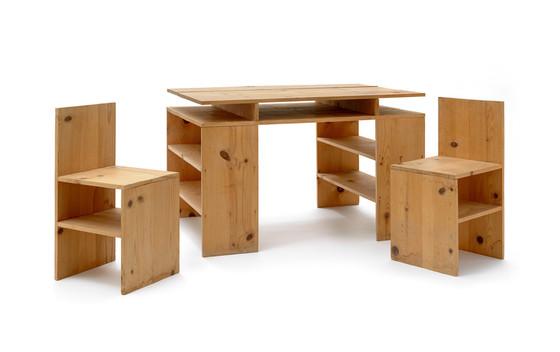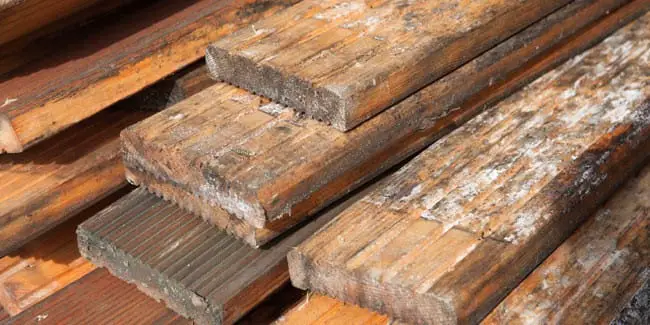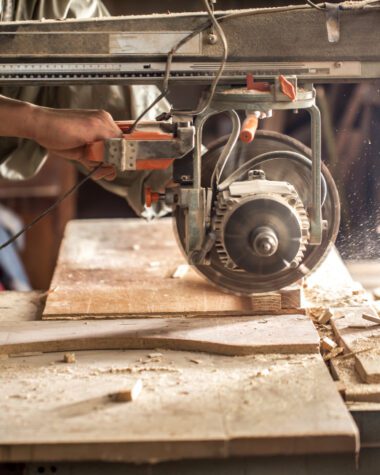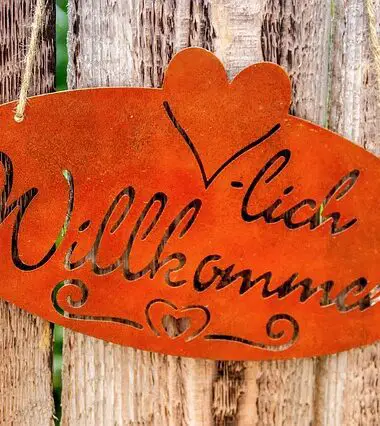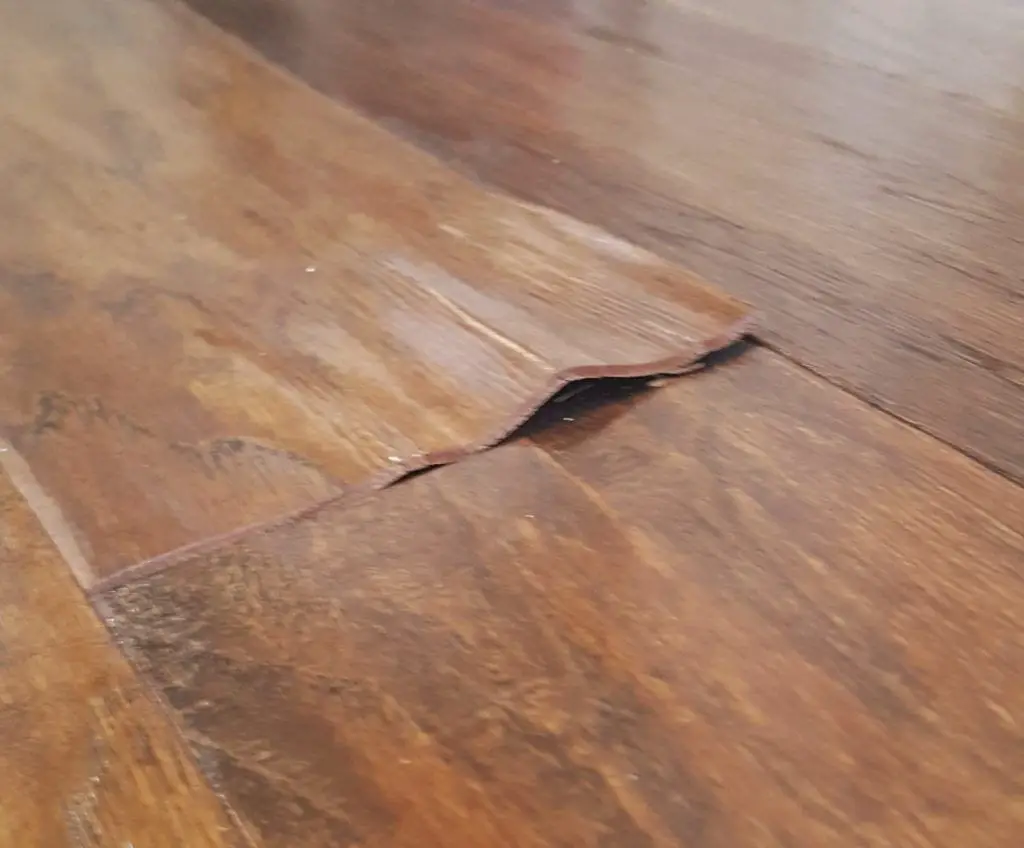Most woodwork projects need gluing wood pieces together. Putting them together is the easy part. It’s when you want to unglue wood pieces without wrecking them, the task becomes more complicated and a tad bit difficult. This where some knowledge about how to separate glued wood comes in handy.
You may need to separate glued wood pieces on beds, chairs, tables, and more than often you want to do it without spoiling them. You will be relieved to know there are several ways of separating them. Which is the best solution for you depends a lot on the kind of glue you have used in your project and the size of the wood pieces stuck together.
Some glue bonds wood more tightly than the others. White and yellow glue are the two most commonly used types of glue that woodworkers use for their wood gluing jobs. It is easier to separate pieces that have been joined with white glue but it is possible to separate wood pieces joined with any kind of glue.
A water-based glue can be separated using water, vinegar can be used for dissolving animal-based hide glue mostly found in old furniture. Denatured alcohol or acetone is ideal for breaking open wood joints that are stuck together with epoxy or urethane.
Choosing to go with the correct technique and the right solvent will help you release the pieces that are stuck together making wood joint repairs an easier task.
Here are various methods of how to separate glued wood.
Method – 1 Separating Glued Wood Using Heat
This may sound easy but the process needs to be handled with care or you may end up scorching the wood and spoiling it beyond rescue.
Step-1

Use a heat gun or a hair dryer at high heat setting to heat up the area around the joint holding it at least six inches away. Do not apply too much heat on one point and keep moving the heat gun around to spread the heat evenly. Applying too much heat to one place may burn the wood, spoiling your woodwork. The heat will soften the glue.
Step-2

While heating the glue, gradually insert a flat tool like a knife or a metal wedge inside the joint. Try to penetrate as much as you can to the depth of the glued joint. Wiggle your tool a bit if you face difficulty in making your way into the joint. Remember not to be too rough or the joint may break away in an undesired manner. While working, if glue sticks to your tool clean it up with a damp cloth to keep it sharp enough to make its way through the glue. Continue this process till you are able to separate the wood parts bonded with the adhesive.
Step – 3
Pull apart the joints with your hands using a little force avoiding too much pressure. If you have been able to cut through the glue and loosen the joints, this task should be easy.
Method -2 Injecting Denatured Alcohol
Step-1

Wear a respirator, rubber gloves, and working goggles. Denatured alcohol, which is used as a solvent in woodwork tends to give out a foul odor and are toxic. Work in a well-ventilated area.
Step-2

Use a syringe to draw some denatured alcohol with a syringe or an eyedropper. Release some alcohol or inject it into the wood joint that you want to separate. Keep on repeating the process till the joint is saturated with alcohol. It works as a solvent to soften and dissolve the glue.
Step-3

Allow the alcohol to work for a while and then insert a knife into the joint. Wiggle the knife a bit to insert it well between the joints. Nudge the joint bit by bit with your tool to penetrate deeper and slowly separate the wood pieces.
Step-4

Spray more alcohol to open up the depths of the joint with your knife. The more the joint soaks up the alcohol, the faster the bond will be broken. It will make the task of loosening the joints with the knife easier.
Keep working in this way and you will succeed in accomplishing the task as the glue will break down with the denatured alcohol working on it to break it down.
Step-5
When the joint is loose enough, pry open the joint with your hands. Remove the adhesive by scraping it gently as you don’t want to damage the wood. Scrape as much glue as possible.
Method-3 Using Hot Water to Open Up Glued Wood
When deciding how to separate glued wood, a lot will depend on what kind of glue is used to join the wood pieces. Some wood adhesives are water-based and some are solvent-based. If water-based glue, like carpenter’s glue or PVA glue, is used, water can soften the glue and break the bond easily.
Step-1

Lay a tarp or a waterproof mat on the work surface from water marks. Place the furniture that you want to de-glue in such a way that you have easy access to the joint you intend to open up.
Step-2

Use a drill with a ⅛-inch bit and make a few tiny, evenly spaced holes on the joint where you can inject hot water.
Step-3

Suck up some hot water in a syringe and inject it into the drilled holes. Or spray hot water using a spray bottle. Use a cloth rag to wipe any water that spills out. Repeat the process in case the hot water is soaked up or dries out.
Step-4

Allow the water to sit for ten to twenty minutes so that it gets ample time to soften the glue. Use a hair-dryer to direct hot air at the wood joint, spraying water at intervals to keep the joint wet. Try to twist the wood to see if you can loosen the joint. If it is still hard, wait for some more time and twist it again to see if it is loose enough.
Step-5
When the glued wood joint feels loose, it indicates the glue has weakened and the joint is ready to be separated. Use your hands or a hammer to gently separate the joint. Being too harsh may break the wood or cause irreparable damage.
Method-4 Prying Wood Apart to Separate Glued Wood
Among different methods of how to separate glued wood, prying the joint open is an option that should only be used in case you do not mind damaging the wood. It may lead to chips, cracks, and destruction of the woodwork.
Step-1

Position the flat-end of a crowbar between the glued joint you intend to open up. Hammer the opposite side of the crowbar to drive it deeper into the joint till it penetrates well into the joint.
Step-2

Apply enough pressure to pry open the joint till the pieces come apart.
Now that you know how to separate glued wood using various methods, it is up to you to decide which will work best to de-glue the glued joints on your woodwork.
